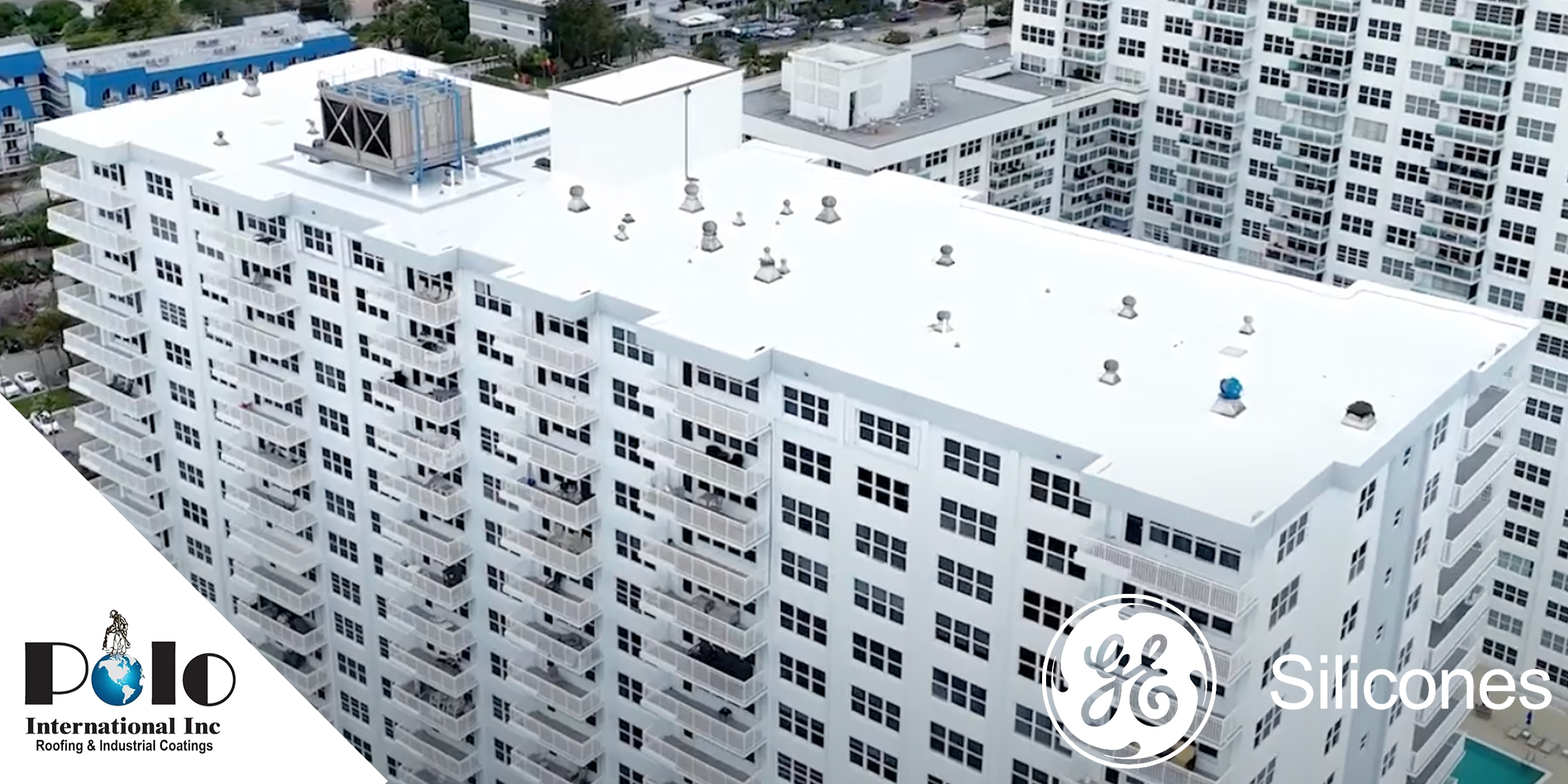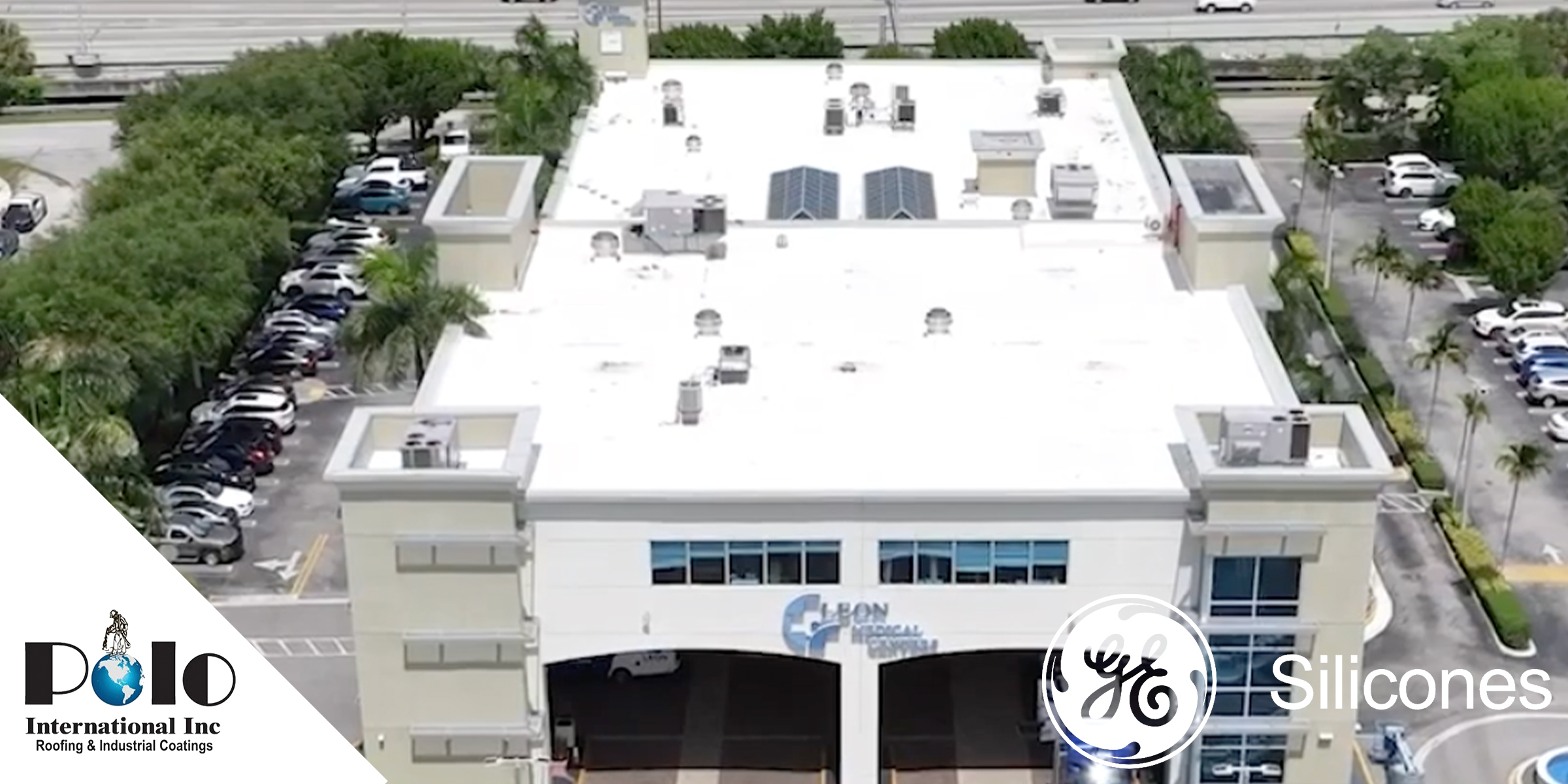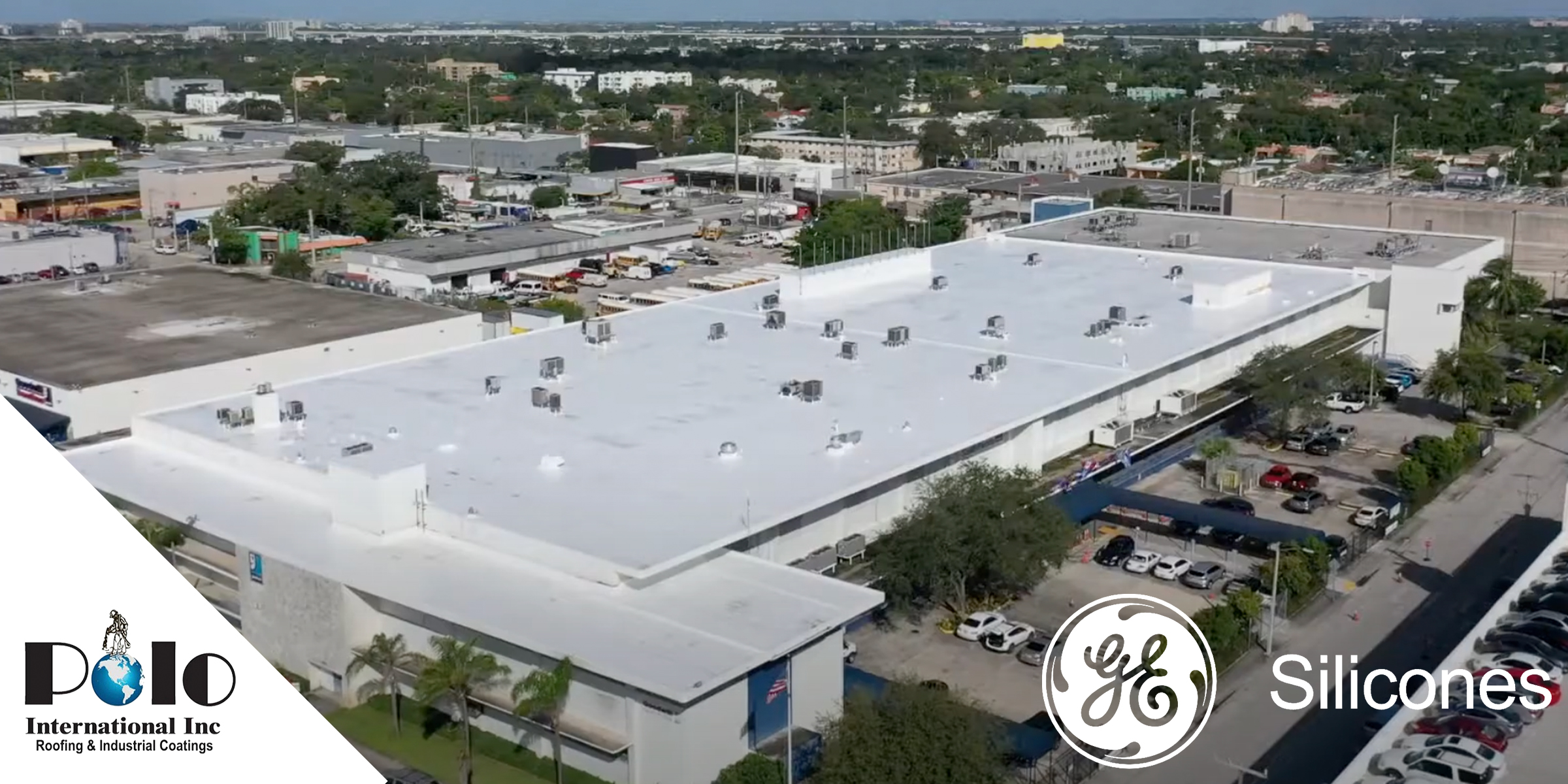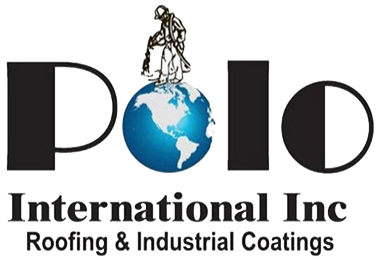
Is Your Commercial Roof Prepared to Endure the Summer Heat?
As temperatures climb, insufficient roof protection can escalate your building’s energy consumption, resulting in increased costs and affecting indoor comfort. Spring offers an ideal chance to fortify your roofing system against the impending summer heat. In today’s competitive commercial market, ensuring your roof is properly protected is a critical investment in energy efficiency and long-term performance.
Why Spring is the Ideal Season for Roof Protection
Applying silicone roof coating for commercial buildings during spring provides a strategic edge. These coatings improve energy efficiency by reflecting solar radiation and prolong the lifespan of your roof. The moderate spring climate facilitates easier application, better adhesion, and optimal curing. This proactive approach ensures your roof functions effectively during the rigorous summer months and helps maintain a stable indoor environment.
Addressing roofing concerns in spring allows building owners and managers to resolve issues before they worsen under summer’s intense heat. Rather than facing emergency repairs and soaring costs, leveraging spring installations protects your investment and enhances your building’s performance year-round.
Silicone Roof Coatings vs. Traditional Roofing Materials
When commercial roofs contend with intense summer heat, their performance and lifespan can be compromised. Silicone roof coatings emerge as a superior solution compared to traditional roofing materials. Prolonged UV exposure degrades conventional materials faster, leading to cracks and leaks. In contrast, silicone coatings create a seamless barrier that reflects a substantial portion of UV rays, reducing the roof’s surface temperature. This reflective property not only shields the roof but also lowers interior temperatures, diminishing reliance on air conditioning and slashing energy expenses.
Extreme heat triggers the thermal expansion and contraction of roofing materials. Daytime heat absorption causes expansion, while nighttime cooling results in contraction, promoting gaps in traditional roofs. Thanks to their flexible nature, silicone coatings maintain their integrity during temperature shifts, preventing cracks and ensuring long-term durability.
Overcoming Heat-Related Challenges
Heat can intensify ponding water issues on flat roofs. Although not directly caused by heat, prolonged exposure can soften roofing materials, creating uneven surfaces where water collects. When applied with a proper slope, silicone coatings efficiently direct water flow to drains, minimizing ponding risks and preventing further damage.
In regions facing significant heat challenges, protecting HVAC systems is vital. Hot roof temperatures burden HVAC units, leading to increased wear and higher operating costs. Silicone roof coatings help maintain lower roof temperatures, allowing HVAC systems to operate more efficiently with reduced wear over time. For more in-depth guidance on maintaining energy efficiency, consult the Energy Star Roofing Guidelines.
Environmental Benefits and Urban Heat Island Mitigation
Silicone roof coatings contribute to mitigating urban heat island (UHI) effects. UHIs occur when urban areas become significantly warmer than rural surroundings due to human activities. By reflecting sunlight from building surfaces, silicone coatings lower ambient temperatures and decrease district-wide energy consumption. This not only benefits building owners through reduced energy costs but also supports broader environmental sustainability goals.
The Installation Process: Key to Long-Term Success
Optimizing the installation process of silicone roof coatings is crucial for ensuring maximum efficiency and durability. A well-structured process enhances performance, reduces downtime, and mitigates disruptions for commercial property owners. Key aspects include:
-
Pre-Installation Evaluation:
A comprehensive roof evaluation is vital before any installation. Identifying issues such as leaks, structural damage, or moisture accumulation ensures proper substrate preparation. Tools like moisture surveys and infrared thermography can detect hidden problems, enabling precise repairs before applying the new coating. -
Advanced Application Techniques:
The application of silicone roof coatings often utilizes specialized equipment and, in some cases, SPF (Spray Polyurethane Foam) as part of the process. Ensuring that the application team is well-trained in using advanced spray rigs and proportioners guarantees precise mixing and uniform coating distribution. -
Strategic Scheduling:
Scheduling installations during spring avoids the oppressive heat of summer, allowing for ideal curing conditions. This results in a quicker turnaround, extended roof longevity, and alignment with commercial properties’ operational needs. For further insights on scheduling and contractor best practices, you might explore resources from the National Roofing Contractors Association. -
Skilled Application and Surface Preparation:
Surface preparation dictates installation success. The roof must be meticulously cleaned to remove dirt, debris, or previous coatings that might impede adhesion. Methods such as power washing or mechanical brushing ensure a pristine surface. The application team’s expertise in managing these tasks is essential for achieving the expected performance.
Benefits of Proactive Roof Management
Proactive management of your commercial roof using silicone coatings ensures that your property is well-prepared to handle extreme summer conditions. Addressing issues in the spring prevents the escalation of minor defects under intense heat, safeguarding the integrity of the roof over time. This approach not only extends the life of the roofing system but also significantly reduces maintenance costs.
For additional roofing solutions and maintenance strategies, visit our Commercial Roofing Services page, where you can explore a variety of options tailored for commercial properties.
FAQ: Enhancing Roof Performance and Operational Efficiency
How does installation timing affect SPF and silicone roof coating performance?
Timing significantly affects roof performance. Installing in cooler months, such as spring, ensures optimal curing and adhesion. This enhances both the waterproofing and insulation properties of the coating, leading to improved operational efficiency and energy savings.
What improvements follow early silicone roof coating installation?
Early installations in the spring offer several advantages, including reduced thermal shock, enhanced waterproofing, and a seamless protective barrier. These benefits lower energy costs and extend the roof’s lifespan by minimizing heat and UV damage.
How do skilled contractors influence the quality of roof coatings?
Choosing experienced silicone roof coating contractors is essential. Skilled professionals ensure proper application techniques, adherence to manufacturer guidelines, and effective management of installation challenges, ultimately safeguarding long-term roof performance. For further standards and industry practices, refer to ASTM Roofing Standards.
What products are used?
Trusted manufacturers like GE Silicone, Carlisle, HENRY Co, and Everest Systems meet these demands with advanced spray foam products expertly applied by Polo International.
Secure Your Roof for Summer
Spring installations of silicone roof coatings represent a strategic move for commercial property stakeholders. Pre-summer proactive measures enhance energy efficiency, protect against UV damage, and extend the life of your roof. Moderate spring temperatures foster optimal application and curing, ensuring that your building remains resilient throughout the harsh summer months.
By prioritizing comprehensive surface preparation, leveraging advanced application technology, and engaging skilled professionals, you ensure that your roofing system performs at its best. This not only enhances the durability of your roof but also significantly reduces operational costs and protects indoor comfort.
Contact a commercial roofing expert today for a consultation to discuss how silicone roof coating installation in spring can secure your property against summer heat. Visit www.polo14.com to learn more and schedule your appointment.




